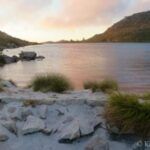5 dams on Table Mountain
The 5 dams on Table Mountain were built in the late 1800s. up until then, all the water for the use of residents of Cape Town was supplied by the Disa River, which is a perennial stream that runs off Table Mountain. As demand for water in Cape Town increased, a plan was devised. City engineers built a tunnel through the Twelve Apostles which allowed them to catch water from the Disa River and transport it via a huge duct, known today as the ‘pipe track’ to the Molteno Reservoir.
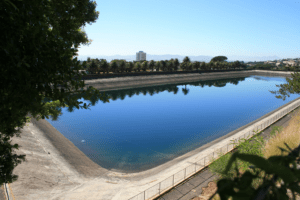
This reservoir did not hold nearly enough water for the growing needs of the city and engineers hatched a bigger plan to dam the Disa river.
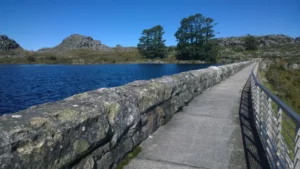
Woodhead Reservoir was the first of the 5 dams on Table Mountain. Building the wall involved a series of porters carrying all the building materials up the Kasteelpoort Ravine. The Dam wall was to be 252m long and 44 m high. Sometime during this slog, a steam-driven cable car was introduced. You can still see a lot of the late Victorian infrastructure that was used, running through Newlands Forest.
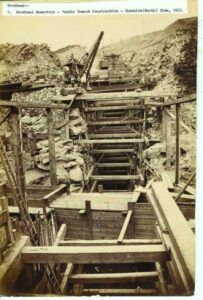
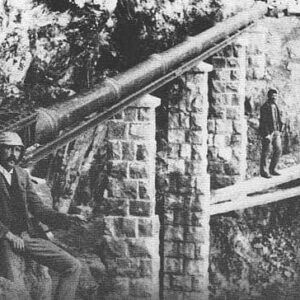
Hely-Hutchinson Dam was built soon after, as Woodhead Dam’s completion in 1897 did not meet the ever-increasing demand. Hely Huchinson was the Governor of the Cape colony from 1901 to 1910. He was born in Dublin and educated at Harrow and Cambridge
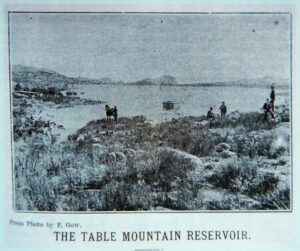
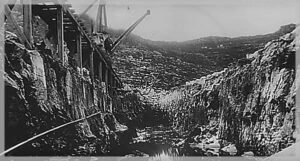
Around the same time, a further three dams were being built for use by residents in the Southern suburbs. These were built close to the Overseer’s cottage. Victoria, Alexandra, and De Villiers were completed by 1907. A trolley track was constructed up the mountain to carry materials for the dams. A small black trolley was hauled up the slope by a steam engine. The slope is very steep, sometimes even 1:1
The De Villiers dam, though it appears to be small, has a capacity of 250 megalitres. The wall is 30 m high. It was built across a narrow valley,y trapping Disa Stream, which used to flow down into Orange Kloof
The 5 dams on Table Mountain contribute about 5% of the city’s current water needs. Most of the water for Cape Town is piped from Steenbras, Berg River, and Theewaterskloof dams.
The total capacity of the 5 dams on the mountain is 2376 Ml.
Theewaterskloof has a total capacity of 480188 Ml.
The top of Table Mountain is more regularly wet than most anywhere else in the metropole (including Newlands). This is why the dams are usually quite full, however, if all the water was piped from the dams to the Cape Town metropole, it would last just 4 days at the current demand.
You can take the Table Mountain cable car up the mountain and then hike across to get to the dams. If you are keen to hike, visit here to find out more.
If you are hiking to the Woodhead and Hely-Hutchinson dams, you could pop in at the Waterworks Museum. Here you can learn more about how the Table Mountain dams developed and see some of the original equipment and materials that were used in the construction of the dams.
Unfortunately for hikers needing to cool off, swimming is not allowed in the dams.

